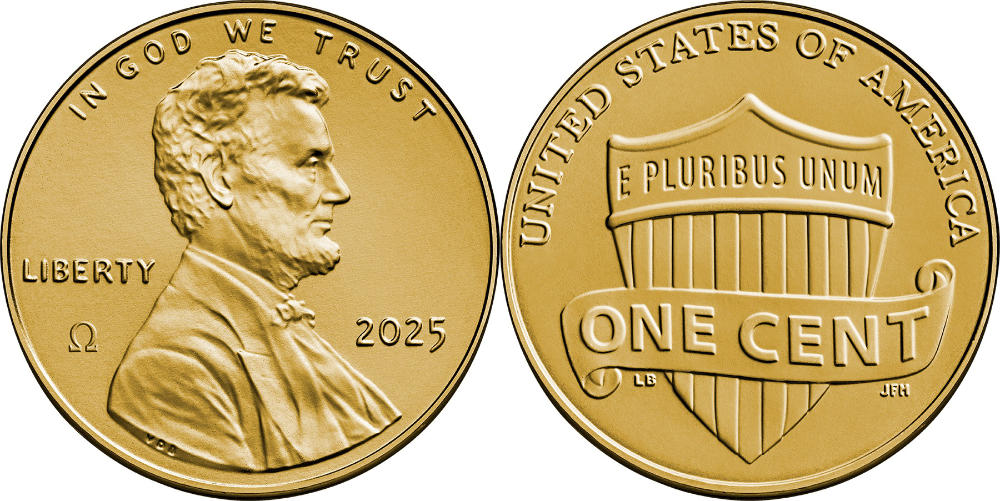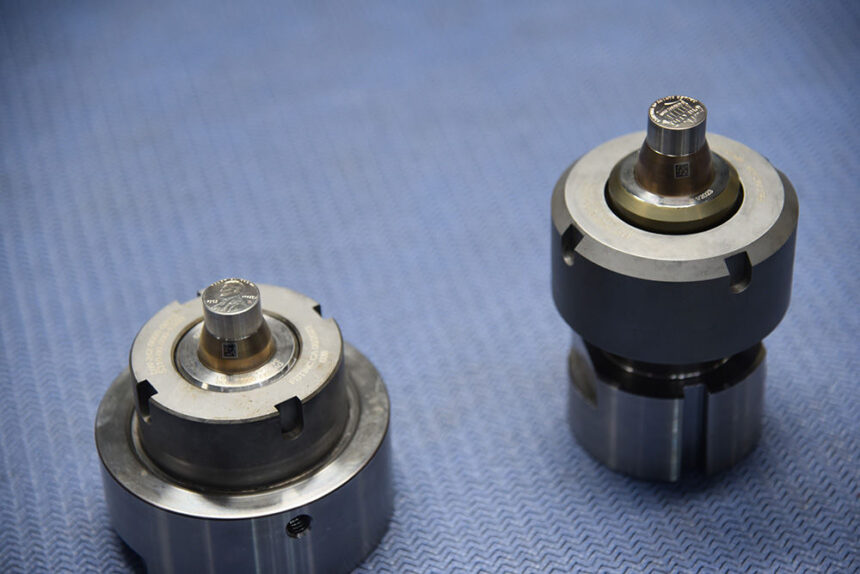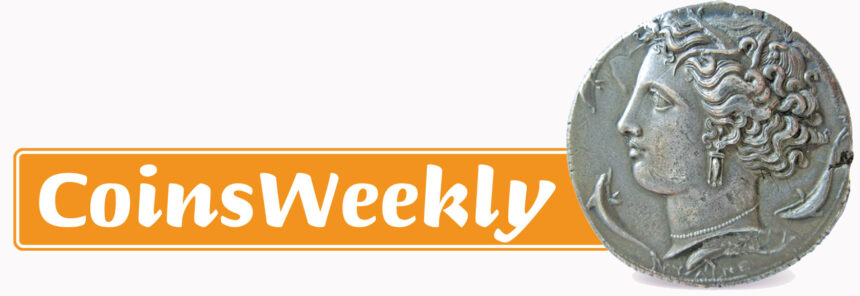The last pennies are being auctioned off

The last pennies are being auctioned off. So they say. Are the last pennies really being auctioned off? The question remains open. Because so far, there has been no official congressional decision on this issue. On February 9, 2025, Donald Trump merely instructed his Treasury Secretary Scott Bessent to stop producing new pennies. Trump’s argument was the cost issue. A penny costs over 3.69 cents to produce.
What is the legal situation?
The authority to decide which and how many coins are produced lies with the Secretary of the Treasury. The US Treasury can therefore stop (or resume) the production of new pennies without consulting Congress or the President. However, a final decision requires a congressional resolution. A suitable legislative initiative was already submitted in April 2025. It aims not only to stop minting pennies, but to remove them from circulation altogether. Of course, this is ultimately not necessary. Because if no more pennies are actually produced, they will disappear from circulation. This forces citizens to find alternatives themselves for how they can collect the often very uneven amounts of cash from various taxes.
Will the penny continue to be minted for coin sets?
The US Treasury is, of course, free to continue minting pennies for the popular sets of annual circulation coins. Many mints, especially in the euro zone, do something similar. They mint denominations such as 1 and 2 cents for their annual sets, even though they are no longer used for circulation. Will this also happen in the US? No idea, only time will tell.

What is being auctioned?
On December 11, 2025, Stack’s Bowers Galleries will hold a live bidding auction at 12:00 pm EST for 232 coin sets consisting of three items: a Philadelphia Mint penny without a mint mark, a Denver Mint penny with the mint mark D, and a gold (!) penny from the Philadelphia Mint. All pennies also bear the Greek letter omega, which is often used to denote the end of something. The strangely uneven mintage number reflects the number of years in which the penny was produced. All coins will be graded by PCGS prior to the auction. This marks the fifth time that Stack’s Bowers Galleries has collaborated with the US Mint. A careful reading of the press release suggests the reason for this: we know from other contexts that auction houses auction samples and rarities from mints without charging a commission. We can assume that this is also the case with the US Mint. Stack’s Bowers Galleries will not charge bidders a premium in this auction either. This makes sense for the US Mint. It is to be expected that many coin collectors who have never bid at an auction before and have therefore never heard of a premium will participate in the auction. The US Mint is therefore avoiding critical comments from uninformed buyers by sidestepping this issue. For Stack’s Bowers Galleries, the honor remains, along with a huge publicity coup.
Rarities of US coin minting
According to the press release, only 232 copies of the set are available to collectors. This does not answer the question of whether a few more sets were produced and handed over directly to the country’s major numismatic institutions.
But even if a few more sets were added for this purpose, the Omega pennies are still among the rarest US coins. They are also the rarest penny in the entire series of this denomination. Since US collectors like to limit themselves to a specific denomination in their collections, we can look forward to seeing the results of these pieces. It is to be expected that not only collectors will bid, but also numerous investors who hope for an enormous increase in value for this modern rarity.

The coin dies
The minting tools are also being sold. These are the three obverse and reverse dies, which are being offered as part of set no. 232. They have been previously devalued to prevent them from being used at a later date to produce additional strikes of the highly rare pennies.
Why the last pennies are going to auction
It is a sensible decision by the US Mint not to market these last 232 coin sets via its own website, but to work with an auction house, for two reasons.
Firstly, for economic reasons: an auction house awards a coin to the bidder who has made the highest bid. This means that the final price is linked to demand among collectors. The US Mint does not have to face the problem of finding an adequate fixed price for these rarities. This allows the US Mint to avoid any criticism that would have been inevitable, regardless of how it had set the price.

Secondly, there is a technical reason: many collectors of American coins still remember the computer disaster of November 5, 2020, when 390,000 users simultaneously tried to buy one of the American Eagles with the V75 privy mark, while at the same time the call center’s phones were ringing off the hook. It is to be expected that significantly fewer bidders will participate in an auction, and since they have to register in advance, the technical processing is easier to plan.
Why this auction benefits the secondary market
It is very important that the US Mint is taking this new approach to selling coins that are certain to be rare from the outset. This lowers the threshold between mints and auction houses and promotes the secondary market.
A genuine secondary market has not (yet) developed for many modern, contemporary coins. Far too many of them still end up being melted down. This is, of course, mainly due to the excessively high mintage figures and the numerous issues. But there are other reasons too.
Many traditional auction houses have not (yet) understood how large the market for modern coins is. And although most mints engage in massive marketing efforts to sell their coins after minting, they do nothing to support the entire collecting field.
An auction like the one held by Stack’s Bowers Galleries can serve as a bridge between the markets.
The last pennies are minted on a German coin press
Incidentally, even though very few Americans are aware of this, the majority of American coins are minted on German coin presses. This can be clearly seen in the press photo taken on the occasion of the minting of the last pennies. Congratulations to the German coin press manufacturer Gräbener, whose minting press made it so prominently into the photos! The long-established company in the Siegerland region, which now belongs to the ANDRITZ Group, specializes in coin minting presses that can be used for both circulation coins and the production of high-quality commemorative coins.
If you would like to know more about the Denver Mint, we visited it in August 2025.
Text and images: Ursula Kampmann

